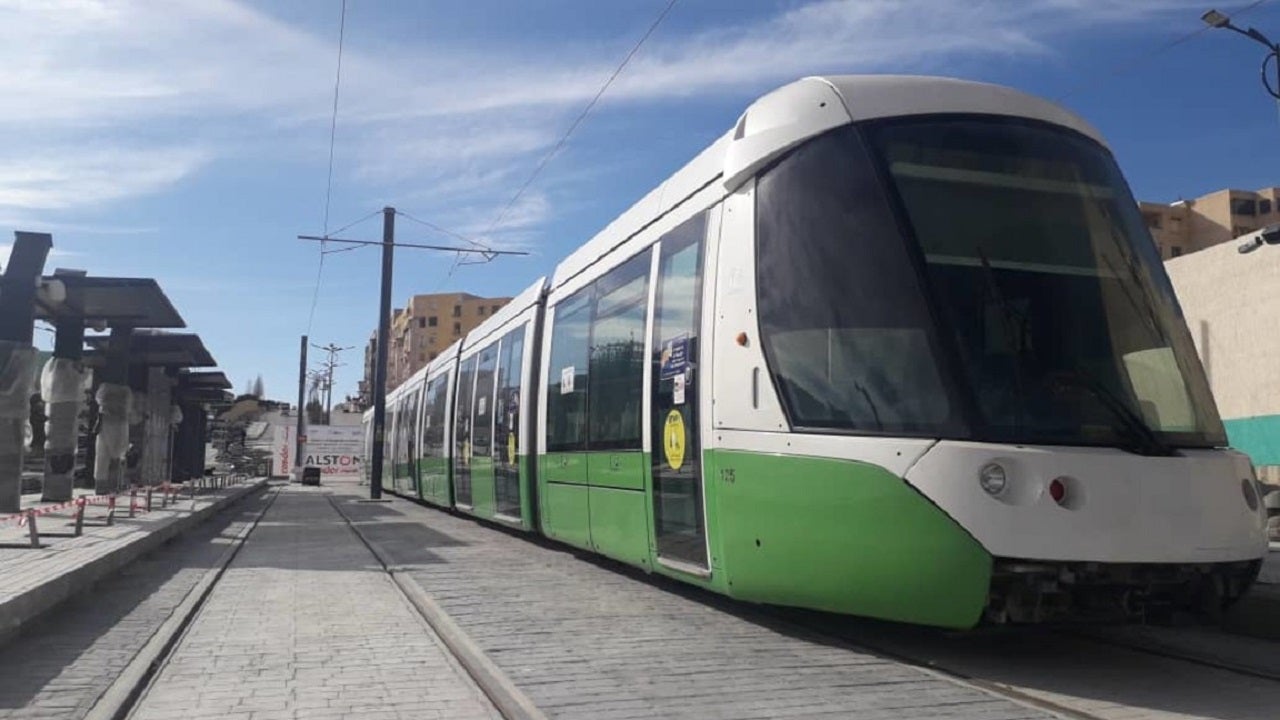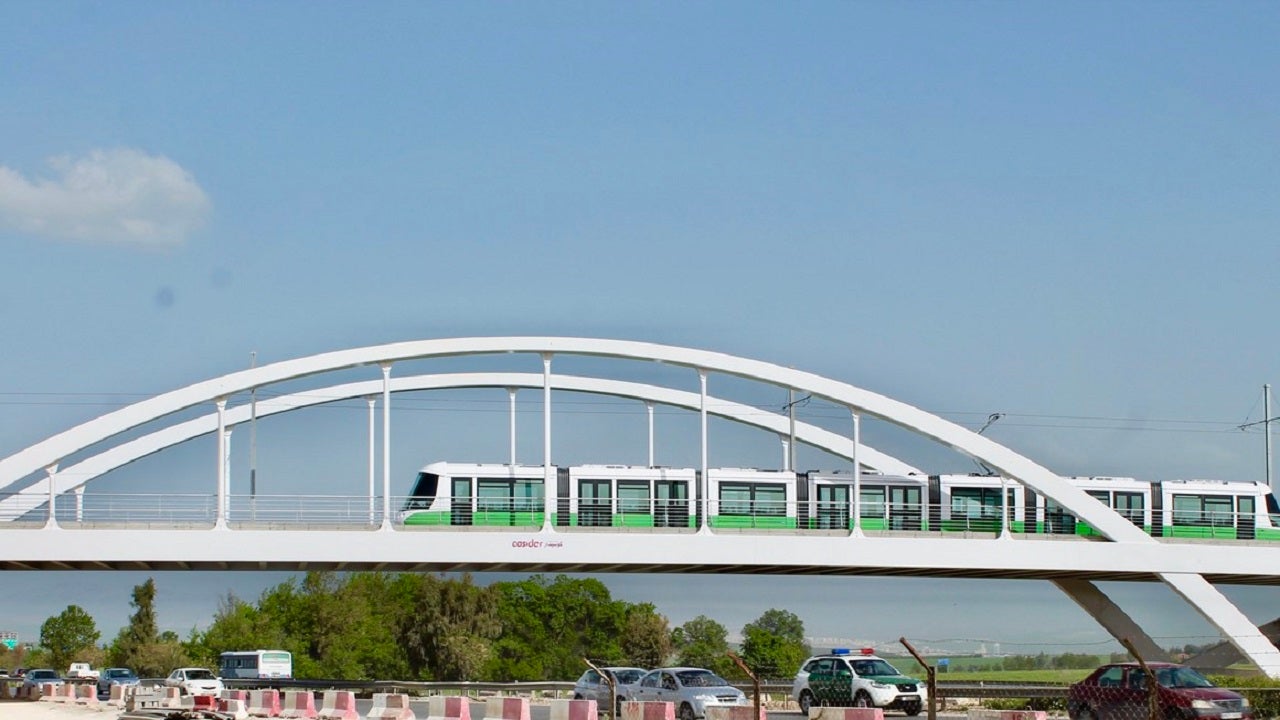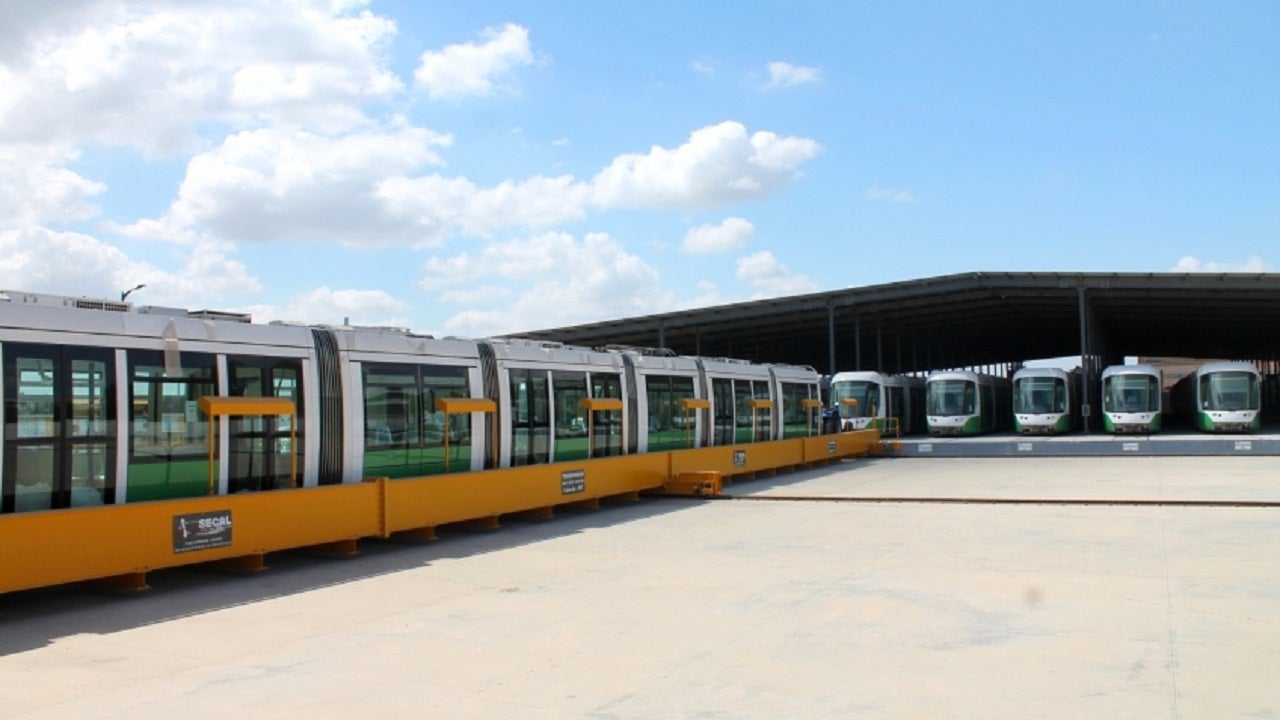The tramway line in Constantine, Algeria, is the first tram system developed in the region, aiming to connect one million people and transform the city into an international cultural destination.
The tramway is owned by Entreprise Métro d’Alger (EMA) and operated by Société d’Exploitation des Tramways (SETRAM), a joint venture between EMA and RATP Group.
The first route of the tramway with a length of 9km was commissioned in July 2013. It has been extended by 10.3km to provide an improved travel experience for Constantine’s residents and visitors.
The first phase of the extension project began in July 2015 and was opened for commercial service in June 2019, increasing the total ridership to approximately 30,000 passengers a day. The first running tests on the extension’s second section began in January 2021.
Constantine tramway line details
The initial 9km-long section of the Constantine tramway system runs from the Zouaghi terminal to the Ben-Abdelmalek stadium station through the old-town part of the city and over the slope of the Oued Rhumel and the university area.
The route includes 11 stations, three of which are multimodal, two viaducts measuring 465m and 114m-long, and an underpass. A 65,000m² ground-level depot serves the fleet for maintenance and train parking.
The Ben-Abdelmalek stadium was renovated as part of the project to allow the line passage. The renovation works involved the demolition of the existing stand and the construction of four new ones.
Constantine tramway extension
The first phase of the extension project measures 6.9km and connects the Zouaghi station with the Ali Mendjeli entrance, adding five new stops to the route. It shortens journey time to 37 minutes with a frequency of four and a half minutes on weekdays and five minutes on weekends.
The 3.4km-long phase 2 extension connects the existing Kadri Brahim with the Université 2 de Constantine Abdelhamid Mehri terminal stations. This section has six stations with eight ticket counters, three electrical substations, two tram access routes and one viaduct.
The tram ran at 5km/h for 1km from the Université Abdelhamid Mehri to Ennasr stations during the first dynamic test of phase two in January 2021.
The Ali-Mendjeli esplanade is expected to receive a boulevard and urban park to become a recreational area for the commuters and residents.
Along with the civil engineering works and urban planning, the extension project included the insertion of two tramway lines and storage garage enlargement.
The project is expected to create 151 jobs for inspectors, drivers, sales operatives, and commercial agents. It also considers future extensions and potential exploitation schemes.
Rolling stock for Constantine
The Constantine tramway system uses Alstom’s Citadis trams with a capacity of more than 400 passengers during peak travel times. The network currently operates 51 trams.
The 44m-long Citadis trams sport green and white colours to reflect Constantine as a new city. The trams are assembled and tested at the Annaba plant in Algeria.
Contractors involved in Algerian tramway extension
EMA awarded a contract for the tramway line extension to Alstom and Cosider Travaux Publics consortium in July 2015.
As the consortium leader, Alstom provides telecommunication and signalling systems, integrated system, tracks, substations, ticketing equipment and catenaries.
Idom has given detailed design and construction works management, while Aeccome is responsible for civil engineering and urban planning.
Cital, a joint venture of EMA, Ferrovial and Alstom, delivered 24 trainsets to open the first phase of the extension in 2019. The company also maintains 51 trainsets and the infrastructure of the Constantine tramway.




